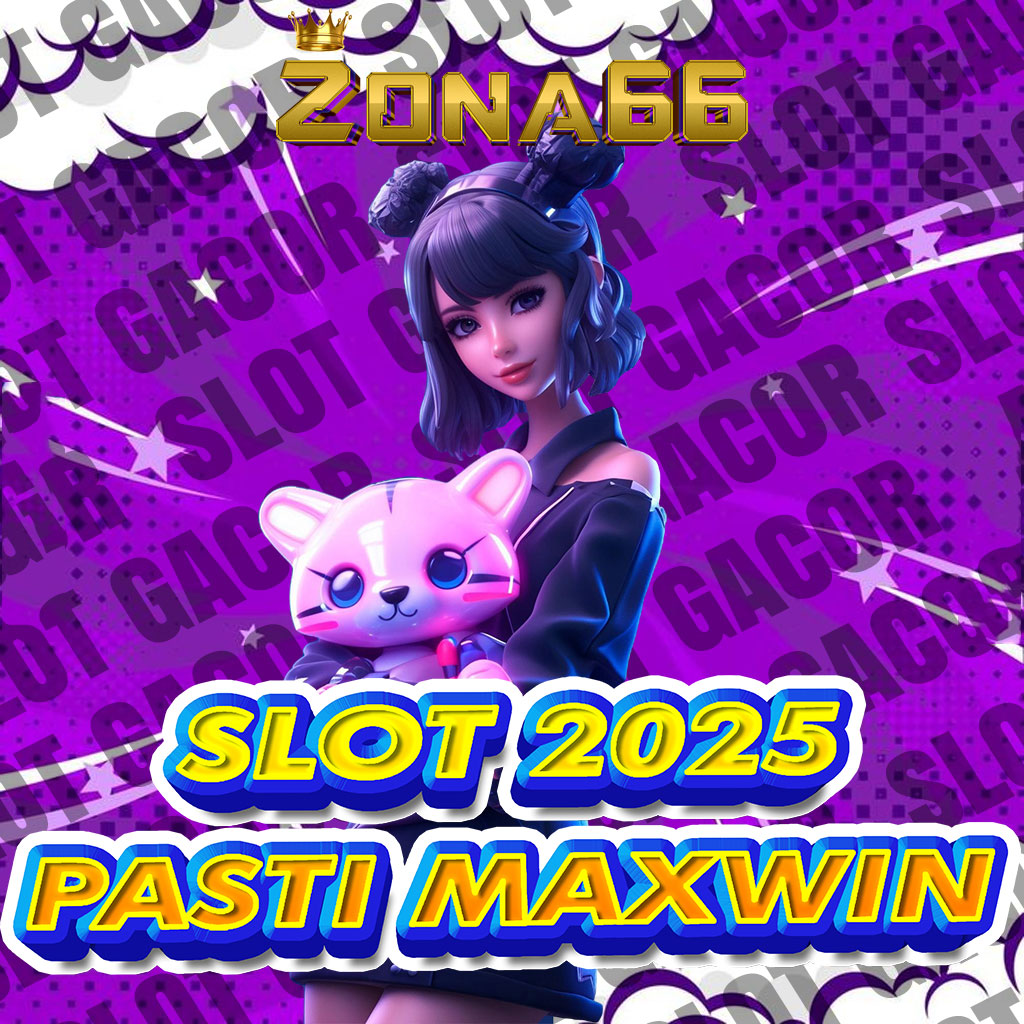


ZONA66 : Bandar Togel Terpercaya & Situs Slot Gacor Hari Ini Gampang Menang
ZONA66 adalah bandar togel terpercaya di Indonesia yang menyediakan pasaran toto togel terlengkap dari berbagai line termasuk situs slot gacor hari ini dengan winrate rtp tinggi gampang menang jackpot paus.
IDR 100.000 IDR 5.000